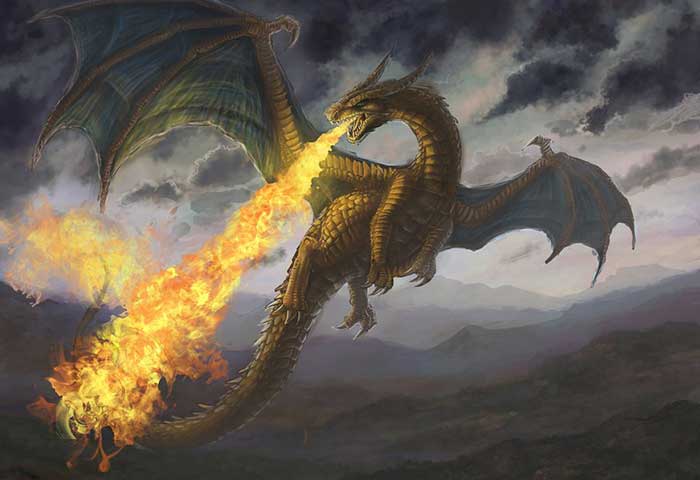[ad_1]
The world is full of dog lovers, so much so that often they become significant companions and activity partners for their keepers. From time to time, various sections of the society have expressed special interests in these responsive animals, the artistic fraternity being one of them. In fact, among the animals that became the inspiration for artists, certain breeds of dogs lead the pack. One such species is that of the Scottish West Highland White Terriers, or Westies. Their white colored, thick fur coats can easily identify them. This remarkable feature of the Westies makes it quite tricky to create their artistic adaptation. Keeping this in mind, the following systematic drawing guide is designed:
• Model picture. A reference picture is necessary, if you are attempting such a detail-oriented work. The choice of your model will depend upon whether you are planning to make a portrait or an animated drawing. Understand that a cartooned version will be much easier to make. You can search the internet, books & magazines, photographs, or any other source.
• Basic sketch. As you can make out, there is not much to do in terms of the basic structure. These factors apply to the portraits and animations, alike. The head portion will be positioned with the help of a circle. The outline of the body will be like an irregular circle if the dog is shown in a sitting position and like an oval, otherwise. Draw two parallel lines horizontally in the circle to mark the eye area. Now, extend a diameter of the circle. Its angle will depend upon the incline of the head. For instance, if the Westie is looking in the front with straight head, the line will be vertical and so on.
• Details. There is a standard way of sketching the facial features. Begin with the eyes between the two horizontal lines. Next, draw the nose on the vertical line, a little below the eyes. The line of the mouth is right below the nose. In the case of a cartoon, drawing the furs is quite simple. They are defined only along the edges of a circle, shaping up the head. The raised ears are sketched on the way. Now, refine the shape of the rest of the body, highlighting the limbs and creating furs in places. The real trick is when you are making a portrait. The coat is defined meticulously, all the while adding shape to the face and body. It is not very difficult, but a painstaking work.
• Shading. For a sketch, use the pencils of varying hardness, primarily, HB, B, 2B, and 3B to add differential shading effects. Use a tortillion or a fine tissue paper for blending the pencil strokes, wherever necessary. Be discreet in the use of the smudging tools. For colors, use white and the shades of light grey.
[ad_2]
Source

